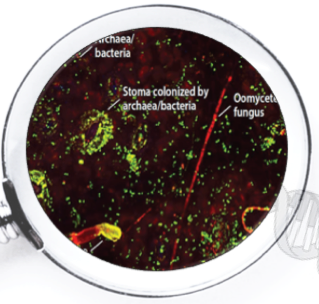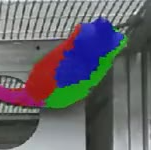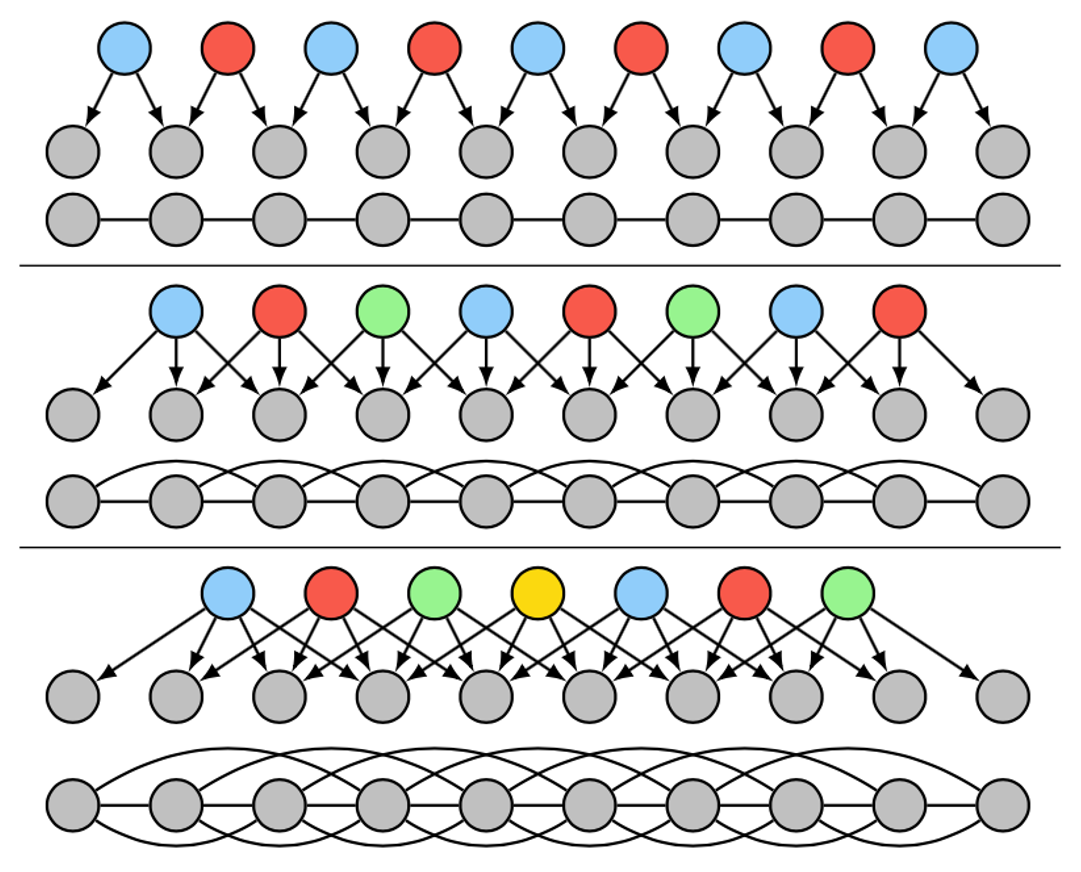
The overarching goal of Enabling Technologies and Innovation Consortium is to create a research and education environment to support cross-cutting technologies across three core disciplines: the umbrella of (1) computer and engineering science research specifically in a form of machine learning and high performance computing (HPC) will support and enhance (2) advanced manufacturing and (3) nuclear detection technologies. We are looking to employ predictive strategies to enhance our understanding of tomorrow’s needs in nuclear nonproliferation.

This work is part of a joint project led by Robert Desimone and Guoping Feng and funded by NIH. The SLI group has 3 inter-related research thrusts: (1) multi-object tracking, (2) multi-modal sensor integration, and (3) interaction analysis for behavior modeling.

This ONR funded project involves research
groups at MIT,
Northeastern University, and
UCLA. The goal is to develop algorithms for
detection, recognition and object/agent/event categorization for
multi-agent tasks in complex, uncertain and dynamic environments. Algorithms
should exploit multiple sensors mounted on various platform with
mobility and/or control, to infer a representation of the environment
suitable for agents to interact both with it and within it.

Detection of special nuclear material (SNM) is of critical interest to US Homeland Security as only a small quantity of such material is required to create a weapon with great destructive capability. Current technologies utilizing passive detection are susceptible to simple countermeasures such as shielding of the SNM with material with large atomic number (high Z).